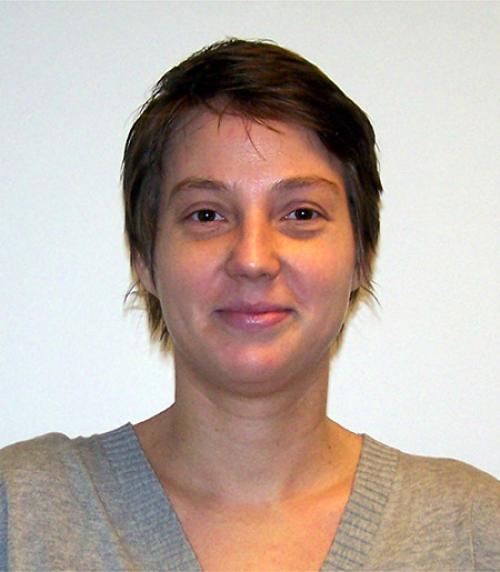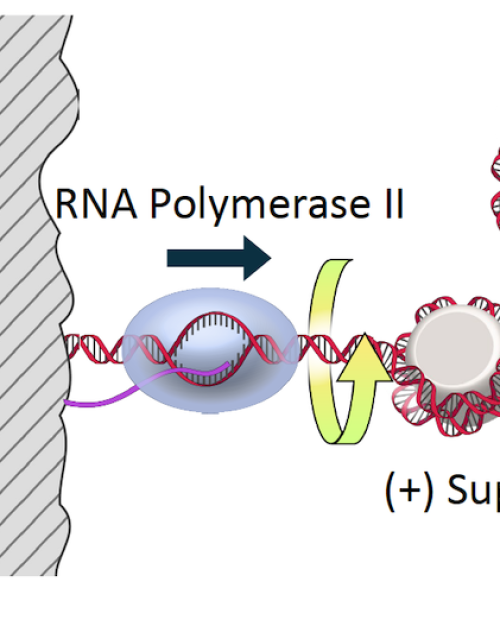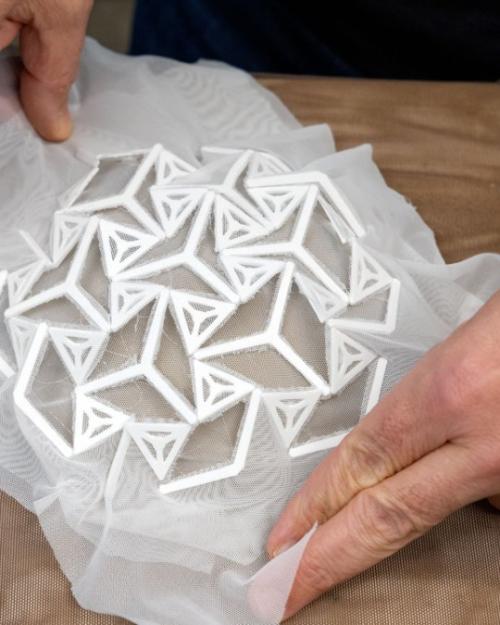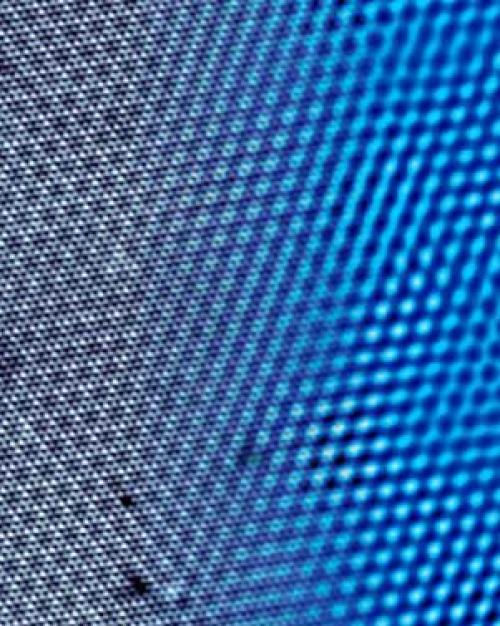This Cornell Research story focuses on the work of physics faculty members Katja C. Nowack, assistant professor, and Eun-Ah Kim, professor, who are collaborating with researchers at Harvard University and Stanford University to pursue new superconducting interfaces.
"Electrons in certain situations may pass through a potential barrier even though they lack the energy required to overcome the barrier according to the rules of classical mechanics," the article says. "This event is called quantum tunneling, and it can give rise to superconducting interfaces, in which superconductors occur at the interface of two distinct materials. Correctly engineered and calibrated, superconducting interfaces could host Majorana bound states and exhibit perfect Andreev reflection—two tunneling phenomena with vast technological potential."
This research will develop a suite of theoretical tools to predict properties of interfaces. Using these novel tools combined with cutting-edge imaging and advanced electrical characterization methods, researchers will identify the most promising material candidates and will use state-of-the-art epitaxial growth to produce these materials with atomic precision. Potential applications of this research include high-performance topological quantum computers, quantum information processing, high-sensitivity sensors, and perfect spin filters.




